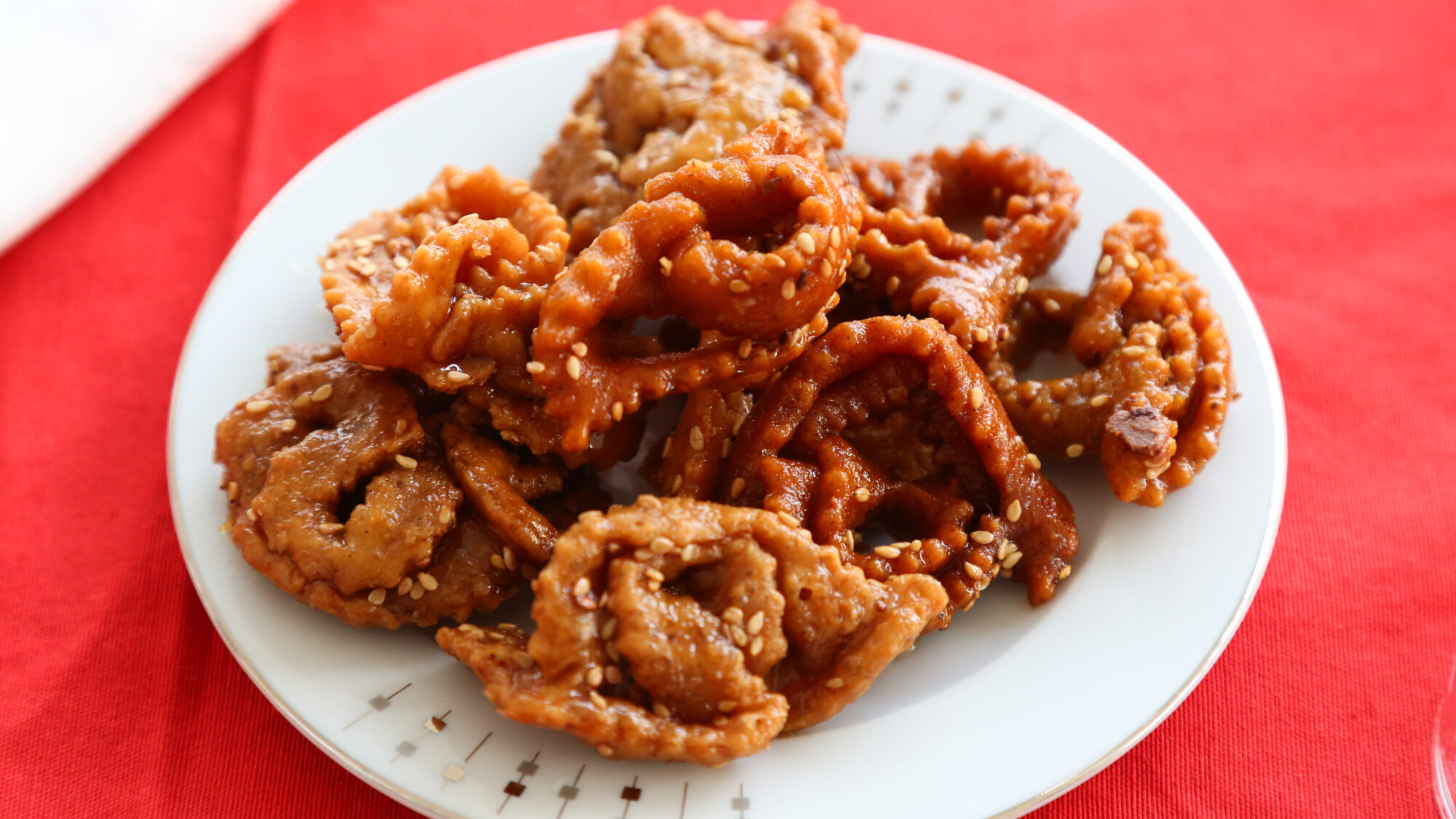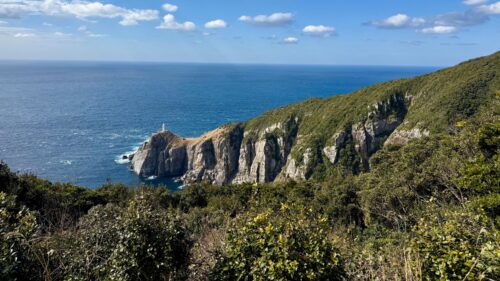Ramadan Recipe: Khadija’s Harira
It’s 6:30pm in Rabat. The sun descends below the horizon. A cannon blast ricochets across the city, followed by the rising chorus of a hundred voices from a hundred minarets calling out the sunset prayer reverberating in the streets which magically have become bereft of cars and people. The call to prayer dies down and then a pervading silence, with only a hint of muted clinking sounds of spoons dipping into steaming boils of soup. We’re seven days into the month of Ramadan, and this is f’tour, the breaking of daily ritual fasting whereby Muslims will not eat, drink or smoke from sun-up to sun down, a spiritual time and the most important in the Islamic calendar when the needs of the body are repressed to allow for the nourishing of the spirit. I write these words reflecting that Ramadan, due to the Lunar cycle that governs it, starts 11 days earlier each Gregorian calendar year; and that almost exactly 33 years ago, the time it takes for Ramadan to cycle through all seasons of the year, I had my first encounter one March evening with a bowl of soup, something so seemingly mundane but from which a love affair with Morocco was forged.
Taste and smell have the power to reach back in time. Today we fight against monoculture that filters into nearly every aspect of our lives in every corner of the planet thanks to globalization. The experience of food is the vehicle to understand culture and is the panacea to sameness. This Ramadan soup is something familiar yet foreign, triggering some of my clearest Morocco memories: trying it for the first time in Chefchaouen’s Medina, at a hole-in-the-wall café that was next door to my $2/night hostel with a hole-in-the-floor for a bathroom. Or my stint in Fes teaching at the American school, stopping at the street soup stand every evening after work for a bowl drawn from a large cauldron on a camping gas stove, tended to by a wizened elderly fellow in a tarboosh, who had only respectful greetings and kind chatter for everyone, as he served steaming hot spice-laden soup with oriental grace. Or sitting down for the first time, dizzy from the hawkers, the acrobats, and story tellers of the Djemaa el Fna square of Marrakech, at long picnic benches set up in the evenings, next to local Moroccan families, and slurping a bowl of steaming, harira soup served under dangling naked lightlbulbs, as the pulse of the drummers carried on into the night. That pungent mix of sweet and savoury flavours which first confused and delighted my uneducated palate, is everything exotic about the country I’ve learned to love over three decades.
Harira is a Ramadan staple at the f’tour table here in Morocco, but is something of a national dish, with each family having their own recipe and bringing their own twist to the classic. You don’t have to be fasting, or even visit during Ramadan to enjoy it, as it is widely available in Moroccan restaurants as a starter throughout the year. But for me it will always be associated with the feeling of contentment at satiating the gnawing hunger of the fast, and the spirit of sharing and generosity that Ramadan is supposed to encourage. So before I dash off this evening to sit down at my own Morocccan family table for f’tour, here’s the recipe, graciously given to me by our Moroccan Dada (housekeeper) Khadija:
Khadija’s Harira
Recipe is for 6 people
- 1/2 kg of beef or lamb, chopped into bite-sized cubes (optional, you can make harira veggie, but this is the traditional recipe)
- 1/2 cup of dried chickpeas, soaked overnight in salty water
- 1/2 cup of dried lentils, soaked overnight in salty water
- 1 large onion, roughly chopped
- 4 medium sized Tomatoes, roughly chopped
- A few stalks of leaf celery chopped. Regular celery works as a substitute, cleaned and roughly chopped
- 1 cup of chopped flat leaf parsley
- 1 cup of chopped coriander (cilantro)
- 1 tablespoon of ground ginger
- 1 tablespoon of ground turmeric
- 1/2 tablespoon of ground cinammon
- 4 tablespoons of olive oil
- 2 tablespoons of tomato concentrate paste
- 7 cups of water
- 1 tsp or two of flour or corn starch as a thickening agent
- Salt and pepper to taste
- 1/2 cup of broken vermicelli noodles
- Lemons, cut into wedges for garnish
In a large stewing pot, brown the meat in olive oil, and after a few minutes, add the spices, herbs, and pulses. Take the tomato and onion in a separate pot and sauté until mushy, around 15-20 minutes on medium temperature. Using a rotary food mill or a sieve, pass the puréed tomato and onion mixture into the main pot (the idea is to make sure the seeds and skins don’t end up in the soup). Add the tomato paste, a healthy pinch of salt and pepper, water, bring to a boil then reduce heat and cook, covered, another 35 minutes or so or until the pulses are tender. You can opt for a thicker harira that’s more like a stew or add extra water for a soupier texture. It’s common to use a tablespoon of flour or corn starch, mixed in with some of the liquid of the soup separately before adding in towards the end, to give some thickness. Stir in the crushed vermicelli noddles, continue to slowly boil for another 10-15 minutes, and correct the seasoning before removing from the heat. Serve with optional lemon wedges which we typically squeeze into the soup just before dipping spoons in, for a light citrus kick to the spice and tomato flavours. Bsahwraha! (bon appetit!)
When Sebastian’s not looking over Khadija’s shoulder to pick up recipes, he’s concocting Morocco itineraries that pack a punch. Reach out to him, to get cooking on your next Morocco adventure.







